

Проект «Голоса еврейских местечек. Могилевская область».פיתוח קשרי התרבות בין העמים של ישראל ובלרוס
|
|---|
Поиск по сайту |
|
MainNew publicationsContactsSite mapVitebsk regionMogilev regionMinsk regionVladimir Livshiz
|
PEOPLE SHALL NOT COME TO THIS GHETTO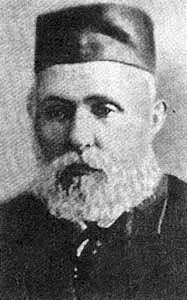
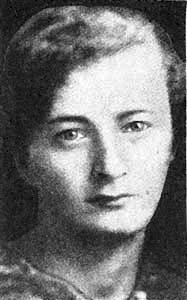 L. Kunin (on the left), Z. Kutzman.
L. Kunin (on the left), Z. Kutzman.Killed on October 7, 1941. 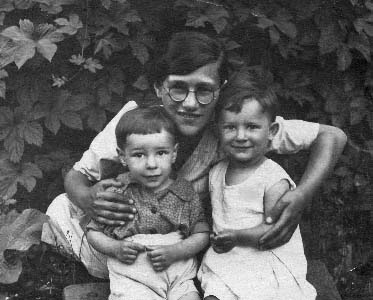 Nehama Ariel-Pushkina
Nehama Ariel-Pushkinawith children Nellya and Boris. Killed on October 7, 1941. 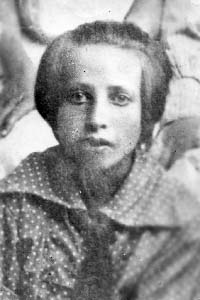 Esfir Kukueva, a nurse.
Esfir Kukueva, a nurse.Shot, together with her daughter on October 7, 1941. For more than 40 years the author has been collecting materials about the Holocaust in the town of Gorky, Mogilev region, where fascists shot more than 2000 people on October 7, 1941. They were murdered for only one reason – they were Jewish. On June 27, 1941, Germans began bombing Gorky. They were bombing the territory of the regional center. Many houses were burnt down. After occupying the town, Nazis first of all destroyed all the Soviet memorials, robbed the laboratories and the library of the agricultural college. The former building of the college was occupied by Gestapo and gendarmerie. Four gallows, built next to a park, became the symbol of the new regime. On the town outskirts they dug out ditches, which became graves for thousands of Soviet citizens. Here the Nazis showed the extremes of their brutality, shooting 150 children from an orphanage. It is common knowledge that before the beginning of World War II fascists developed an invasion plan, which would create a ”living space” for Germans. Russians, Belarusians, Gypsies, Jews… All these ethnicities had to be fully or partially exterminated. As we know, they began with the Jews. At the end of July, 1941, in Gorky, Germans hang orders on house walls, where it was written that Jews had to be “excluded” from life. They were not allowed to walk on pavement, use public transport, attend schools, libraries and do any kind of skilled work. Due to the fact, that many Jewish houses were burned on the first days of the occupation, the Jewish population had to move to Mstislavskaya and Internatsionalnaya streets, where a ghetto was formed. Starvation, hard work and torture made the lives of the ghetto residents unbearable. 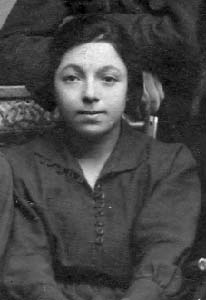

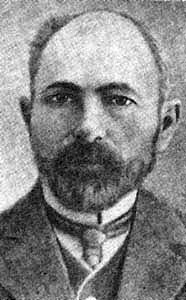 Deira Tsyrlina-Lapatuhina (on the left), F.I. Tsyrlina, H.-L. I. Tsyrlin.
Deira Tsyrlina-Lapatuhina (on the left), F.I. Tsyrlina, H.-L. I. Tsyrlin.Killed on October 7, 1941. 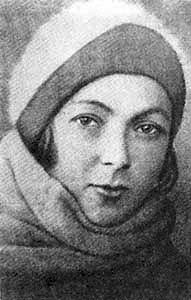
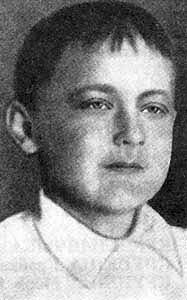
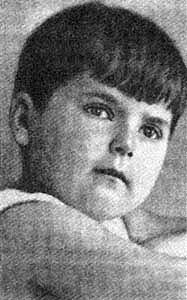 D.Y. Lapatuhina (on the left), D.E. Lapatuhin, F.E. Lapatuhina.
D.Y. Lapatuhina (on the left), D.E. Lapatuhin, F.E. Lapatuhina.Killed on October 7, 1941. 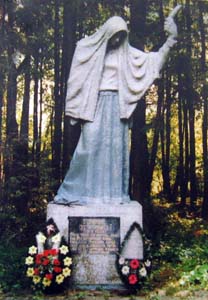 Memorial on the execution site of ghetto residents.
Memorial on the execution site of ghetto residents.
Then there was October 7, 1941 – a tragic day in the history of Gorky. On October 6, fascists chose 16 men and took them to the village of Zadorozhie, where they had to dig out two ditches… Anna Smolnitskaya lost her mother, sister and other relatives, who lived in Gorky. In 1946 she came there and found a witness, who told her what had happened to most of the Jews in Gorky: “In the morning of October 7, the town was raided by Germans and Nazi policemen, who were gathering all the Jews. All in all they gathered more than 2500 people, who were split into groups of 100 people, taken to the ditches, forced to get undressed and then shot. At that time all the other people watched that and waited for their turn. Many women turned grey. People were crying and shouting…” Vladimir Livshiz
|
|||
|
|
Jewish settlements in Mogilev regionMogilev• Antonovka• Batsevichi• Belynichi• Belynkovichi• Bobruisk• Byhov• Chausy• Cherikov• Dashkovka• Dribin• Esmony• Glusk• Golovchin• Gorki• Gory• Grozdianka• Hotimsk• Kirovsk• Klichev• Konohovka• Kostukovichi• Krichev• Krucha• Krugloye• Lenino• Lubonichi• Martinovka• Moliatichi• Mstislavl• Naprasnovka• Osipovichi• Rodnia• Rudkovschina• Samotevichi• Sapezhinka• Selets• Shamovo• Shepelevichi• Shklov• Slavgorod• Staroselie• Sukhari• Svisloch• Vereschaki• Zaverezhie• Zhilichi• |
Main |
New publications |
Contacts |
Site map |
Vitebsk region |
Mogilev region |
Minsk region |